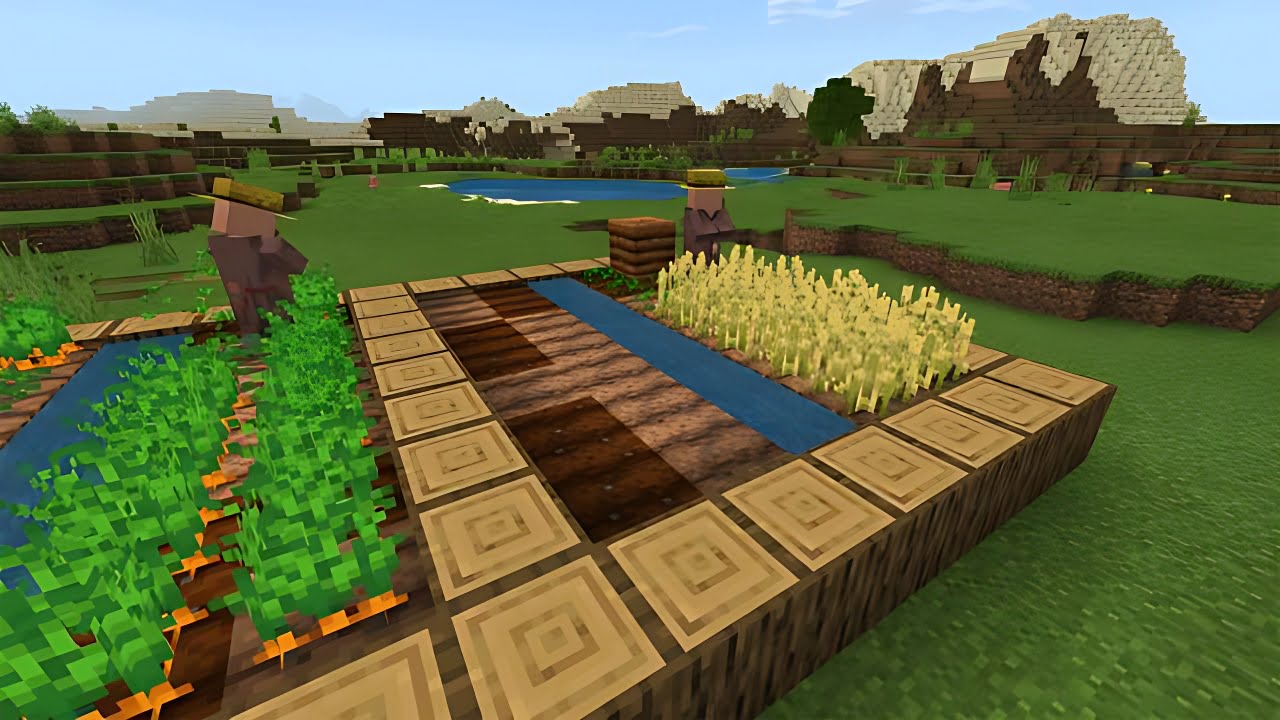Players are constantly devising innovative farm designs to yield various items and blocks in the dynamic world of Minecraft. However, not all farms are created equal, and some might not be deemed essential, especially when considering the nuances of Survival Mode, building, or decorating.
Here’s a look at seven Minecraft farms that players may find less crucial for their gameplay.
1) Warden Farm
When Mojang introduced the formidable Warden in Minecraft’s The Wild Update, the intention was clear – players were meant to avoid direct confrontation or farming. Despite this directive, players have created farms to battle the Warden for experience points and the coveted sculk catalyst block. However, given the Warden’s fierce nature and the lack of substantial rewards, investing in such farms might be more of a thrill-seeking endeavor than a practical one.
2) Silverfish Farm
While silverfish are farmable in Minecraft, their efficiency as a mob to farm is debatable. Beyond the five experience points they drop upon demise, silverfish lack practical applications. Investing time and resources into silverfish farms might not be the wisest choice when other mobs not only offer increased experience gains but also drop items more useful in Survival Mode.
3) Turtle Scute Farms
While Turtle Scutes have their uses, particularly in crafting the Helmet of the Turtle Master for underwater exploration, their farms might be considered less essential. Turtles shedding scutes upon reaching adulthood is a slow process, and potions could offer a more efficient solution to underwater endeavors. Farming Turtle Scutes may appeal to aesthetics or completionist tendencies rather than practical utility.
4) Goat Horn Farms
Goat horns, dropped when goats ram solid blocks, might seem enticing to farm. However, the variety of horns produced offers different sounds but lacks substantial utility. Moreover, goat horns can be looted from pillager outposts, making dedicated farms less necessary. In the grand scheme, hoarding goat horns might prove more of a sonic indulgence than a practical endeavor.
5) Pitcher Plant Farms
Introduced in the Trails & Tales update, pitcher plants serve limited functions compared to other plant life in Minecraft. While they can be used for breeding chickens and taming parrots, numerous other plant seeds can fulfill the same role. Unless players appreciate pitcher plants as a visual element in their builds, farming them extensively might not yield significant benefits.
6) Dripleaf Farms
Dripleaf, a new addition from the Caves & Cliffs update, allows players to stand on its blocks. While it can be used for in-game parkour or specific builds, its applications are relatively limited compared to other plant types. Building a dripleaf farm might be more of a niche choice for those seeking specific aesthetic or gameplay elements rather than a broadly useful endeavor.
7) Bowl Farms
Crafting bowls using wood blocks is a straightforward and easily automated process with redstone machinery. An alternative involves utilizing turtles struck by lightning to create bowls, but this farm might not offer substantial productivity or necessity. Opting for the traditional crafting method with wood blocks remains a simpler and more efficient choice for acquiring bowls.
These options might not top the priority list for players seeking practicality and efficiency in the diverse landscape of Minecraft farms. While each farm has its unique charm and appeal, their necessity depends largely on individual preferences and playstyles.

